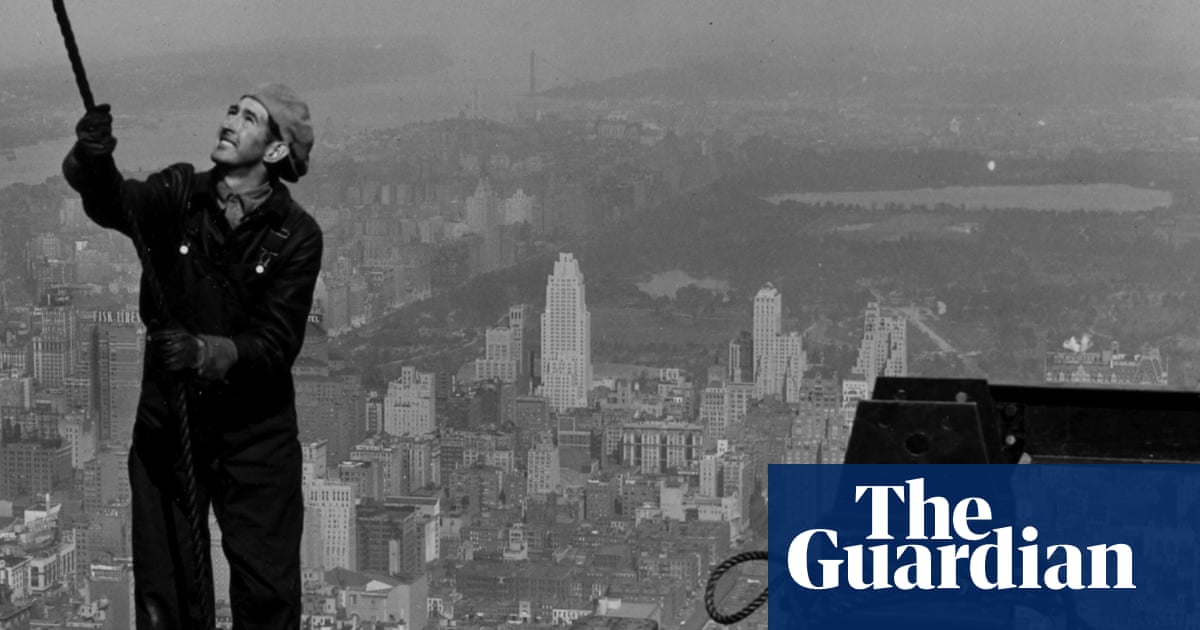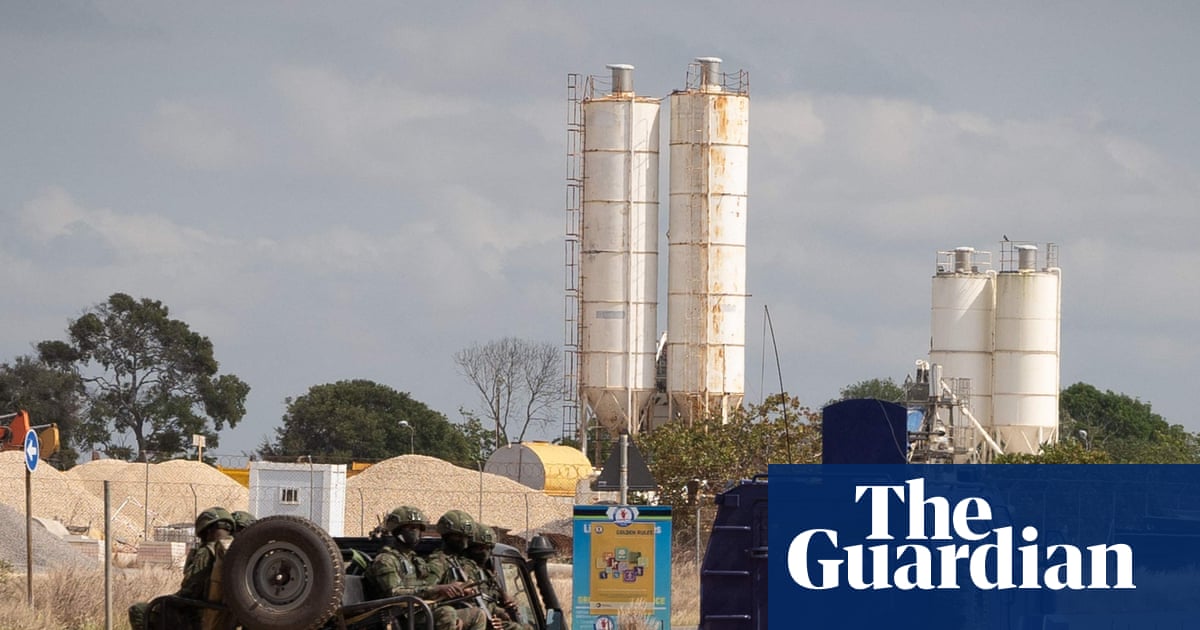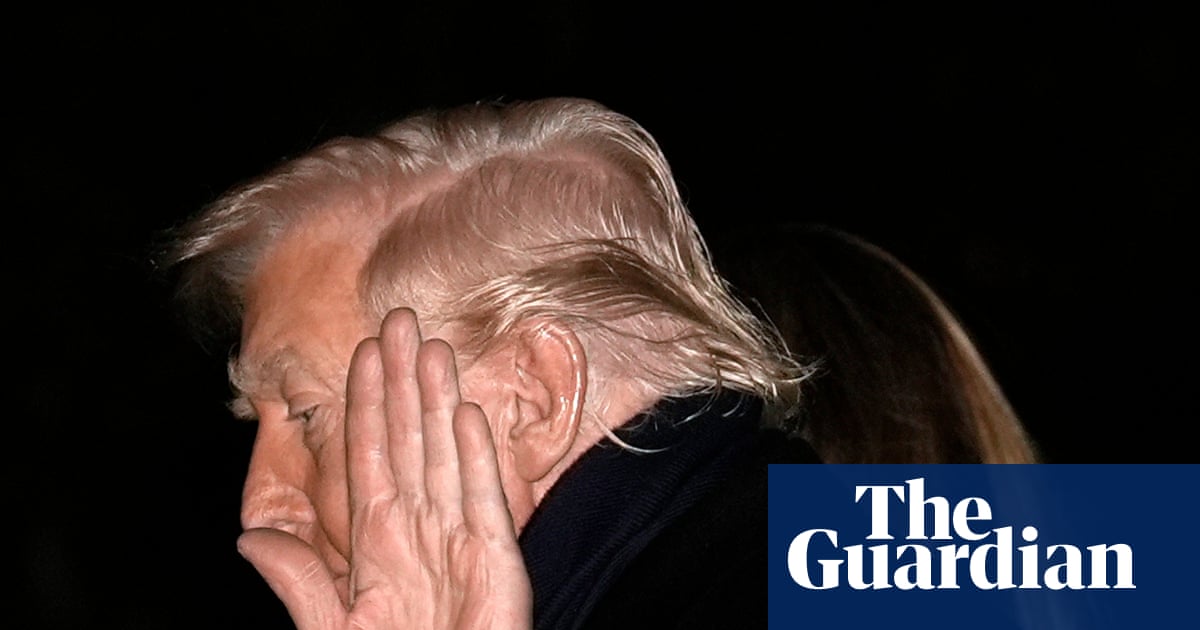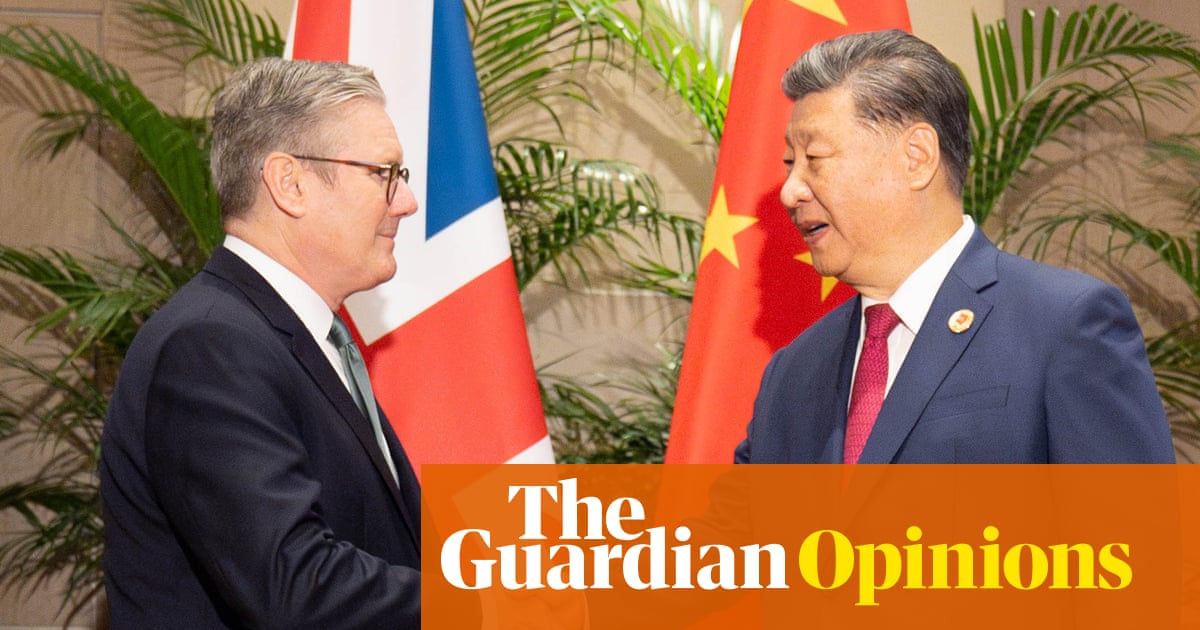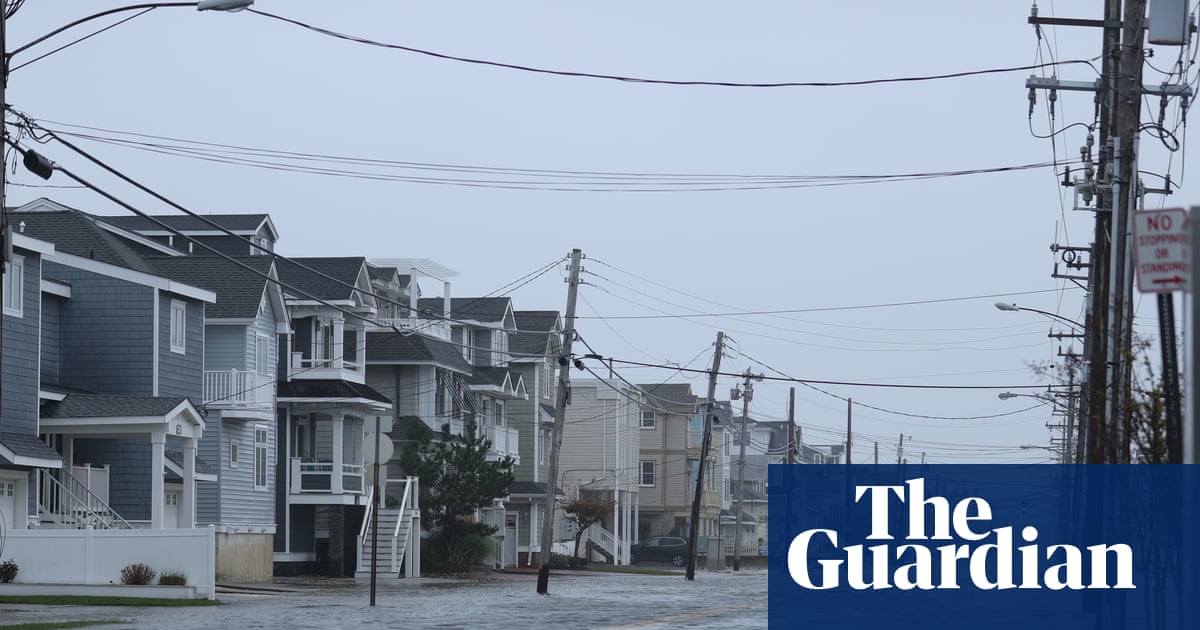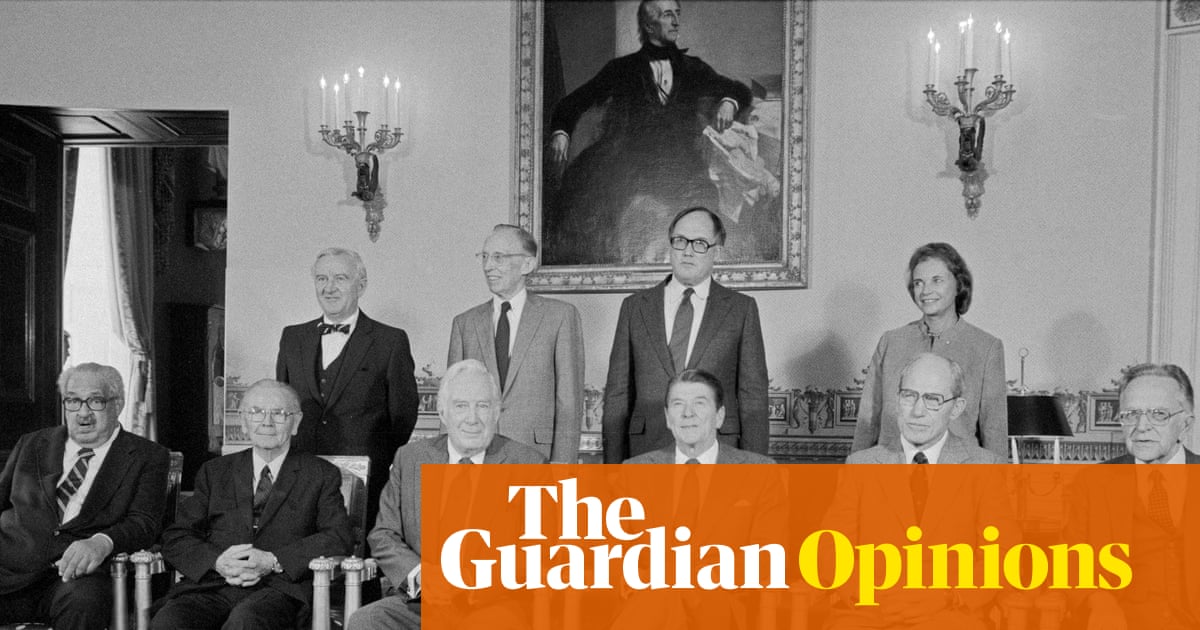Zohran Mamdani was forged in the era of Donald Trump. He came to socialism through watching Bernie Sanders run for the US presidency in 2016, in the contest that ultimately gave us Trump I. Last November, a few days after the election of Trump II, he asked voters why they’d backed that guy. The conversations prepared Mamdani in his battle for New York, and the film of them reveals so much about the politics of this era that it repays watching.
Those of us schooled in the tactics of Bill Clinton and Tony Blair might roll our eyes at yet another “listening exercise”, starring a powerbroker and his retinue in some beautifully lit hall, but this is no such thing. Here stands an unknown on a street corner in the Bronx, waving a placard as doughtily as a Seventh-Day Adventist. Rather than read off a Rolodex of platitudes, this politician sees his public – some of whom look a little like him, yet whose faces and bodies are etched with the strains of the city. Never having spoken to power, even a lowly state assemblyman such as Mamdani, they talk of lives made smaller and shorter in an economy where the daily basics are too costly. Politics has failed them, so they consider politicians to be failures.
Such frustrations propelled Trump into the White House. This week they made Mamdani mayor of the US’s largest city. Analysts have often put the two side by side, only to utter banalities about how they are both good on TikTok or – that giveaway from pundits striving to earn their keep – “populist”. Yet the comparison carries far higher stakes.
Both New Yorkers, they embody opposite sides of the metropolis: Manhattan versus its suburbs ; towers versus the streets. They also represent alternative paths for the US. Trump leads his country towards ethnonationalism and Darwinian economics; Mamdani stands for immigrants and a city affordable for all. Crucially, he understands the urban working class is not just white, but often black and brown. It is only through an understanding of the grave dangers posed by Trump that you can glean the hopes vested in Mamdani.
A few examples: in September, Trump’s guards grabbed Korean engineers, who had their papers in order, from a Hyundai factory to force them out of the country and thousands of miles away. Last month, ICE agents abducted a British journalist travelling the US on a valid visa for criticising the brutalities committed by Israel. Last week, only hours before 42 million low-income Americans lost their access to food aid, the president hosted a Great Gatsby-themed bash, featuring a scantily clad woman in a giant martini glass. The fete was titled: “A little party never killed nobody.”
Such guffawing, lethal thuggishness is why other cities are so enlivened by a contest of otherwise glancing importance to their own lives. Even in a globalised social media, the question of who heads five boroughs on the eastern seaboard of the US does not usually command transnational significance. In the country, the centre of financial power is shifting from east coast to west, from Atlantic to Pacific, Wall Street to Silicon Valley. Nor does the new boy’s crowd appeal derive solely from his youth and charm, or even his recognition of the enduring greatness of the Wu-Tang Clan – although none of those hurt.
Still, the chief reason Mamdani has aroused such keen interest is because he is the first leftwinger to show that politicians can not only face down Trumpism, they can beat him. That is the defining task of our era, as New York’s new mayor knows. Amid the thank-yous of last night’s victory speech, he declared: “If anyone can show a nation betrayed by Donald Trump how to defeat him, it is the city that gave rise to him.”
Over the past year of Trump II, the finest talents on the centre-left have been stumped how to respond. Obama? Almost nothing. Kamala Harris? Writing her memoirs, of course. The fiercest hostility to Mamdani has come from those supposed to be on his side. After losing in the primary, serial sex pest Andrew Cuomo ran as an independent – and campaigned as Trump’s pick in this week’s contest. The man who is today the first Muslim to lead New York has faced constant innuendo that he is a terrorist sympathiser.
Across Europe, the prefects of social democracy have kowtowed to the US’s extremist-in-chief. Keir Starmer treated him to an unprecedented second state visit, while Nato chief Mark Rutte has called him “daddy”. Five years ago, US media moguls took the knee to show off their commitment to diversity; now they bend the knee to a racist loudmouth. Columnists and podcasters talk utter sausage about a “vibe shift” in US politics, even while two days of mass rallies against Trumpism drew something like 12 million people.
The centre-left should be taking on the extreme right and acting as the anti-Trump. Instead, as Fintan O’Toole writes in the latest New York Review of Books, it is playing at being not-Trump. Or: not-Farage, not-Weidel, not-Le Pen. In the UK, Starmer’s pitch is basically: we’ll adopt the language and the flags, but deploy them with greater civility. As a response to this moment, it is morally contemptible and politically myopic.
In his fine new book The Great Global Transformation, the former World Bank economist Branko Milanovic describes how our political and economic order is now coming to an end. China and the global south now account for more of the world economy than the US, Japan, Europe and the many others put together that he terms the “capitalist core”; at the same time, capitalism is being redefined. The elites who prospered under the regimes shaped by Reagan and Thatcher are now redefining their nations into narrower, meaner, harsher societies, ditching the old commitments to multiculturalism and equality for women. They are forcing upon the rest of us capitalism without secure contracts, unions or even the HR department.
Hold Milanovic’s lens over Trump and what do you see? Not an all-powerful emperor, nor some scheming bureaucrat like Putin – but the US’s Yeltsin. He is the buffoon presiding over his country’s decline in influence and importance, while behind him in the shadows the oligarchs carve up the spoils. And if democracy proves too troublesome, why, they’ll buy it. One of the biggest players in the New York elections was hedge-fund guy Bill Ackman, who offered to bankroll anyone who could bring down Mamdani.
In the 90s and 00s, the centre-left’s response to Reagan and Thatcher was Clinton, Blair and the third way. They compromised with the new money and triangulated their electoral bases – and they held power, for a while.
after newsletter promotion
But this is a new era: you can’t reach an accommodation with an ICE agent when he’s kneeling on your neck. Climate chaos does not come with a moderate option. An oligarch is not interested in your pitiful attempts to strike a deal. To see the logical endpoint of the new left’s embrace of money, look no further than Peter Mandelson. Famous for being “intensely relaxed” about people getting filthy rich, he became especially relaxed in the company of the filthy rich, such as money man and child sex trafficker Jeffrey Epstein – and is now discovering anew the meaning of “disgraced”.
The old foxholes and get-out clauses, abstractions and moist eyes, won’t work for the left now. Voters don’t talk about inequality; they worry about paying the bills and getting by. The young aren’t mollified by talk of “suffering” in Gaza; they want it stopped. And bang opposite, the right are bending politics and economics to their will.
You can see the past year between Trump’s election and Mamdani’s as real-time dialectic. Thesis, antithesis; right hook, southpaw. It is foolish to pretend that there is any equivalence of power between the White House and Gracie Mansion, but at least the left is still in the fight.
-
Aditya Chakrabortty is a Guardian columnist
-
Do you have an opinion on the issues raised in this article? If you would like to submit a response of up to 300 words by email to be considered for publication in our letters section, please click here.

 3 weeks ago
24
3 weeks ago
24
